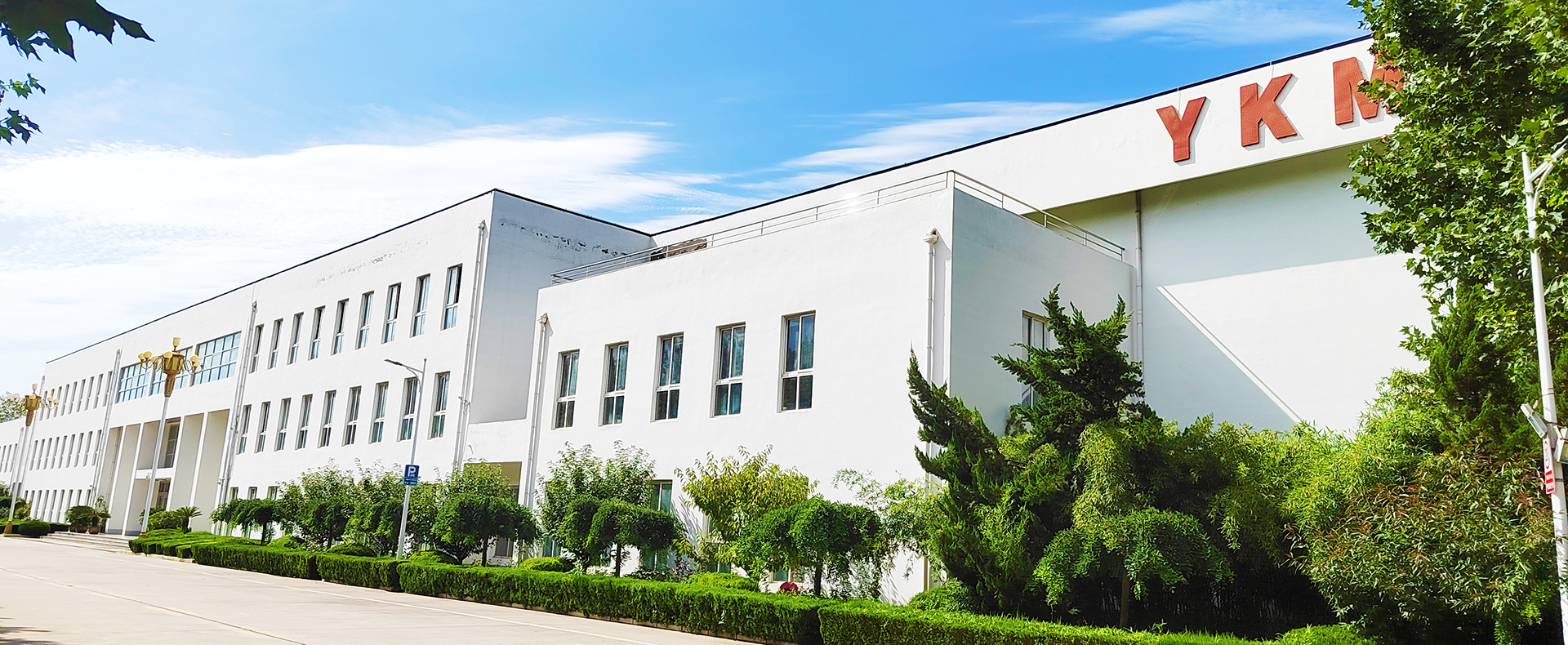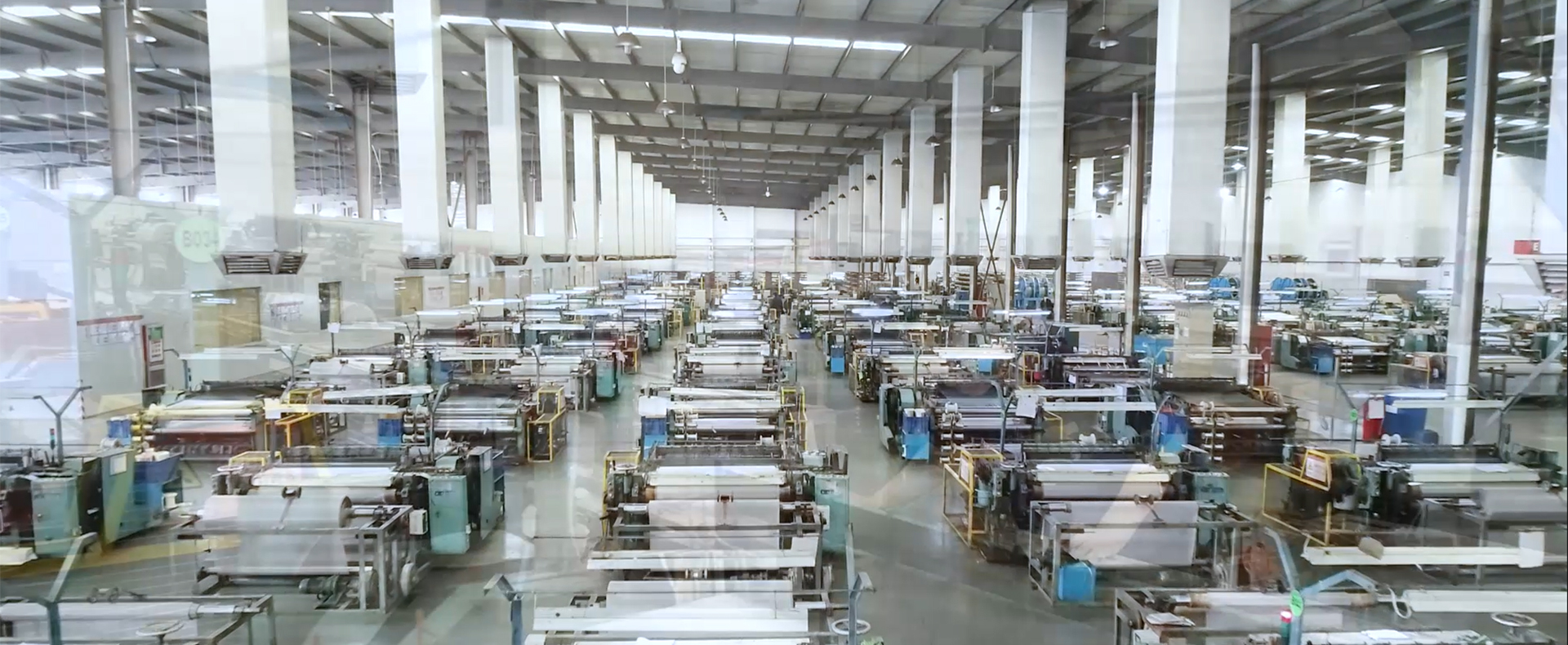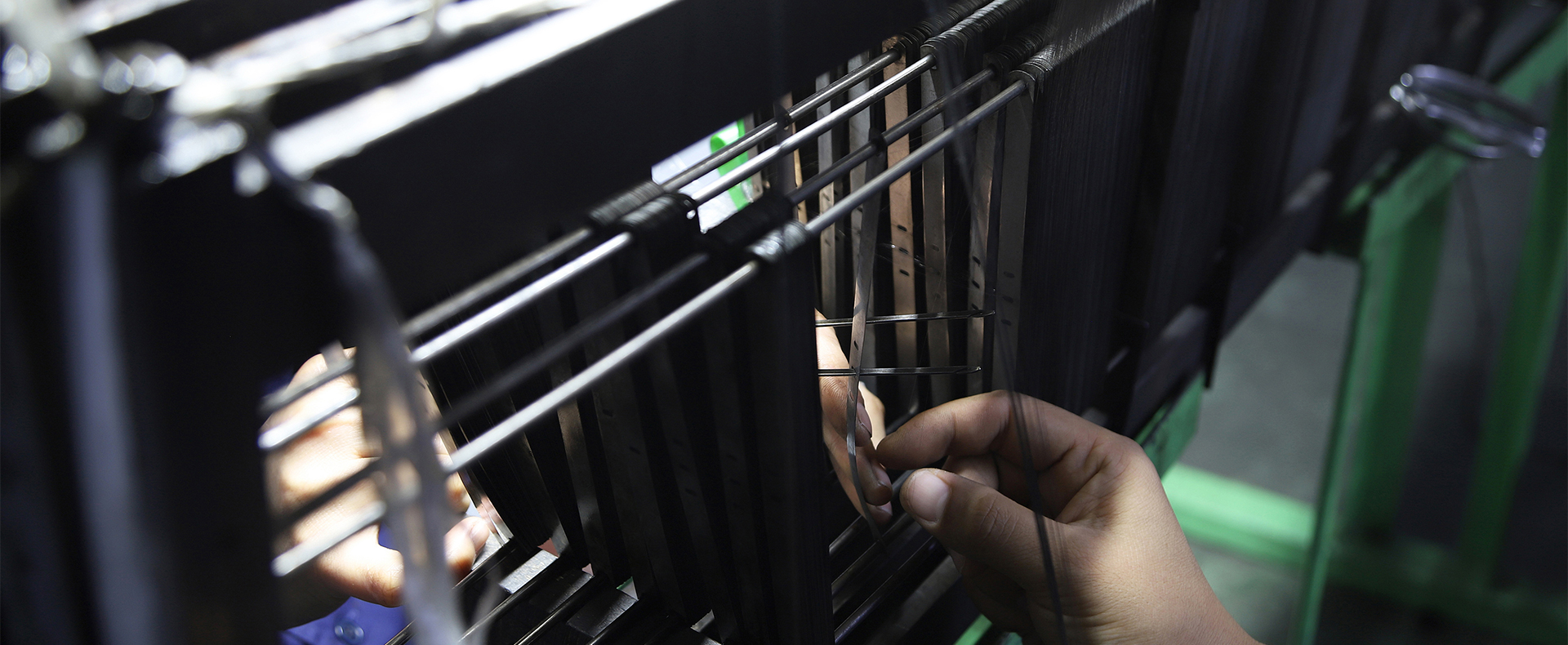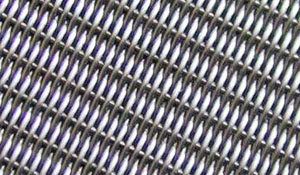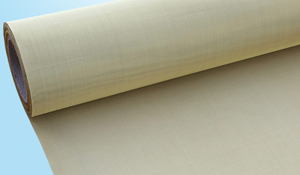Maintenance and Cleaning of Stainless Steel Wire Mesh
Jul. 18, 2022
The more stainless steel can be kept clean during storage, processing, or use, the more optimal corrosion resistance can be guaranteed, which is the main reason for using stainless steel in the first place. At the forefront, consideration must be given to minimizing "maintenance cleaning" versus "remedial cleaning" once corrosion has begun, and consideration must be given to minimizing maintenance issues to minimize more complex interventions.
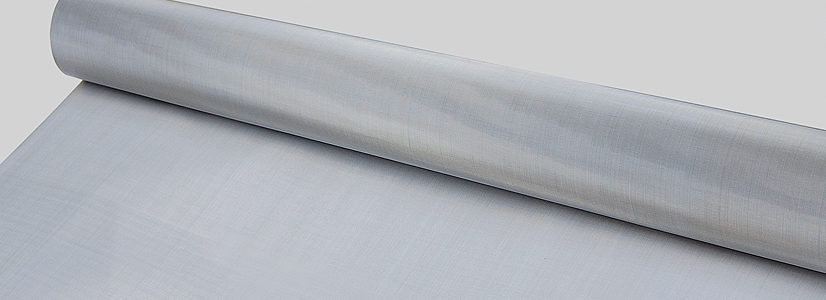
Cleaning of stainless steel wire mesh
1. Maintenance cleaning: this relates to regular cleaning, i.e. the removal of dirt, contaminants, and residues from normal use. Routine cleaning will vary, depending on the stainless steel requirements involved, as shown in the following examples.
● Aesthetics/gloss of the interior or exterior trim.
Removal of dirt, external particles, fingerprints and oil stains from internal applications.
● Food processing, either industrial or domestic.
There, these requirements are essentially dictated by hygienic considerations and regulations. Dirt, fat, food debris, especially those containing salt, are the targets of cleaning. In all cases of maintenance cleaning, the process should start with warm water, followed by ammonia or a weakly alkaline detergent, and finally combined with a nylon bristle brush. Grease, fat and oil stains are best treated with organic solvents and alkaline cleaning products. Then rinse and dry properly. Also avoid using completely rough abrasive powders, steel brushes and chlorinated cleaners such as bleach!
2. Remedial cleaning: that is, the removal of corrosion products indicating the onset of localized corrosion requires not only the removal of the "rust" sometimes called "tea stains", but also the need to find the root cause of the problem. This is quite common in 304 grade when stainless steel cables are exposed to waves or de-icing salts in urban applications. Remedial cleaning begins with some fine brushing of the corroded area with nylon bristles or a stainless steel brush. Cleaning is then done with a non-chlorine acidic mixture, such as citric acid cleaners, and most commonly nitric acid cleaners or pastes, which will also repassivate the cleaned surface. In addition, this may indicate poor grade selection and the need for a molybdenum-containing grade 316 with higher resistance to chloride-induced localized corrosion.
Find Stainless Steel Wires for Sale at YKM
At YKM, we offer a wide range of stainless steel wire mesh products for you to choose from. Please discuss your available options with one of our sales consultants. Need help choosing the right stainless steel wire mesh for the job? Let us know. For more information and advice on our product range, please contact us today.







